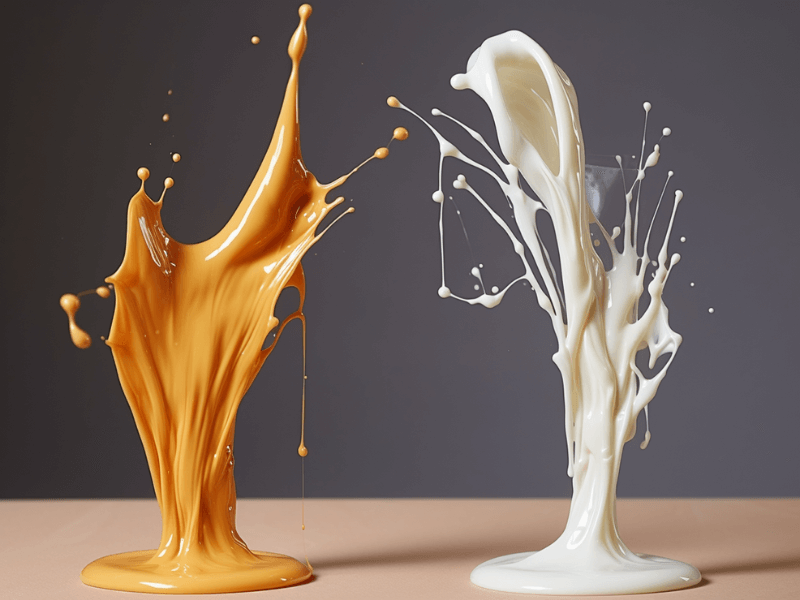Welcome to the world of adhesives and glues! If you’ve always used these terms interchangeably, you’re not alone. Yet, as much as they seem synonymous, there is a subtle difference between these two terms.
Unraveling this difference can provide a deeper understanding of these materials, and when it’s best to use one over the other.
So, let’s take a plunge into the sticky world of adhesives and glues and discover what sets them apart.
At a Glance: Unraveling the Sticky Stuff
- Understanding what glue is, with examples
- Deciphering adhesives, with examples
- The key differences between glue and adhesive
- Suitable projects for glues
- Ideal projects for adhesives

The Gooey Tale of Glue
Glue is a type of adhesive made from organic compounds – think plants, animals, and even bacteria.
From the collagen-based animal glue used in antique restoration to the popular Elmer’s glue made from synthetic polymers, glues have been aiding us in various applications for centuries.
All About Adhesives: The Sticky Stuff
An adhesive, on the other hand, is a general term referring to any substance capable of binding surfaces together. This means adhesives can be both organic (like glues) or inorganic (like epoxy resins, silicones, or acrylic adhesives).
The world of adhesives is quite diverse, ranging from the water-based school glue to the strong, temperature-resistant Gorilla Glue.
Sticking to the Differences: Glue vs Adhesive
Despite their common purpose, the main difference between glue and adhesive lies in their composition.
While all glues are adhesives, not all adhesives are glues. Glues are derived from natural, organic sources, while adhesives encompass a broader category, including both organic and synthetic varieties.
When Glue Shines: Best Projects for Glues
Given their natural composition, glues excel in projects involving porous materials, like paper, wood, or fabric.
Whether it’s a school project, woodworking, or fabric crafts, glues often provide the right balance of adhesion and flexibility.
The Adhesive Advantage: Best Projects for Adhesives
Adhesives, especially those of synthetic origin, often offer stronger bonds and can withstand harsh conditions.
Therefore, they’re ideal for heavy-duty projects like fixing furniture, attaching tiles, or bonding metal and plastic.
Also, due to their diverse types, certain adhesives are designed for specific purposes, such as aquarium safe adhesives or heat-resistant ones for electronic devices.
Conclusion: Sticking the Landing
In conclusion, while ‘glue’ and ‘adhesive’ are often used interchangeably, the distinction lies in their origin and application range.
Remember, glues are a subset of adhesives, with a natural composition, and are suitable for less-demanding, flexible bonds.
Adhesives, on the other hand, cover a broad spectrum of bonding agents suitable for a wider range of applications.
Understanding this difference helps you make an informed choice for your next bonding project.


